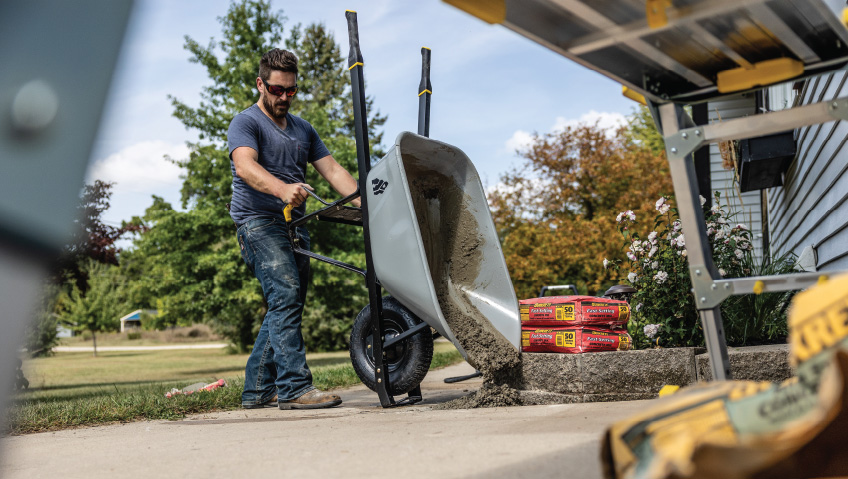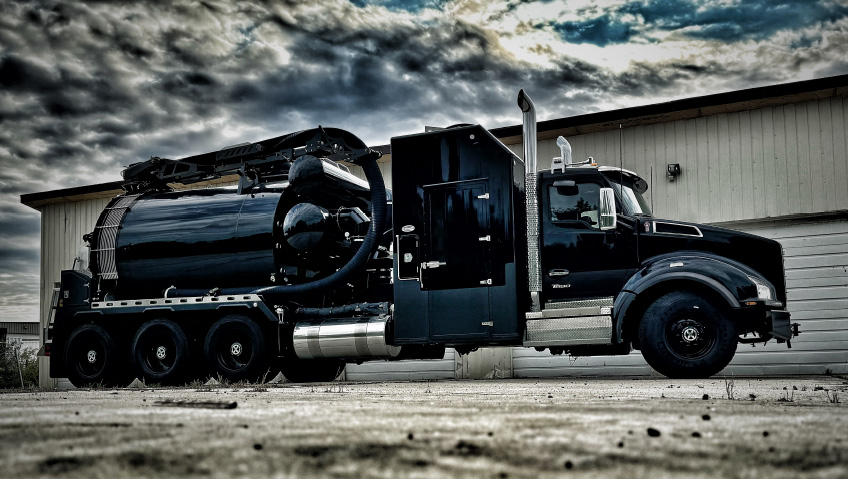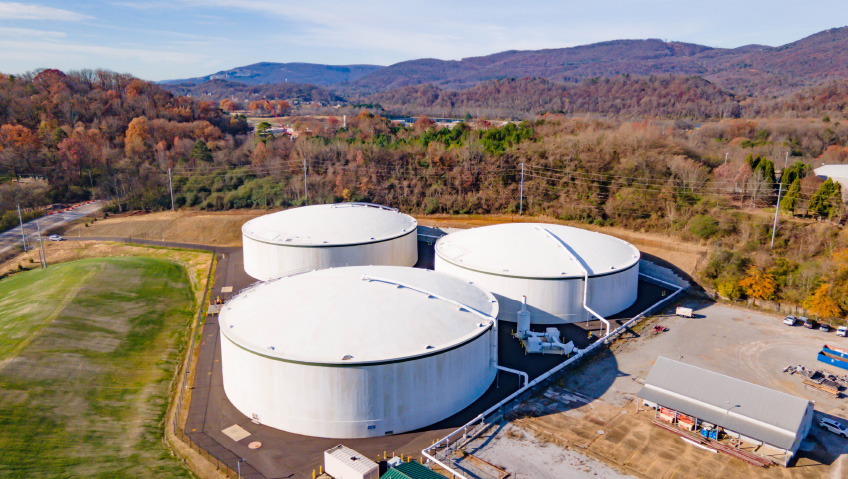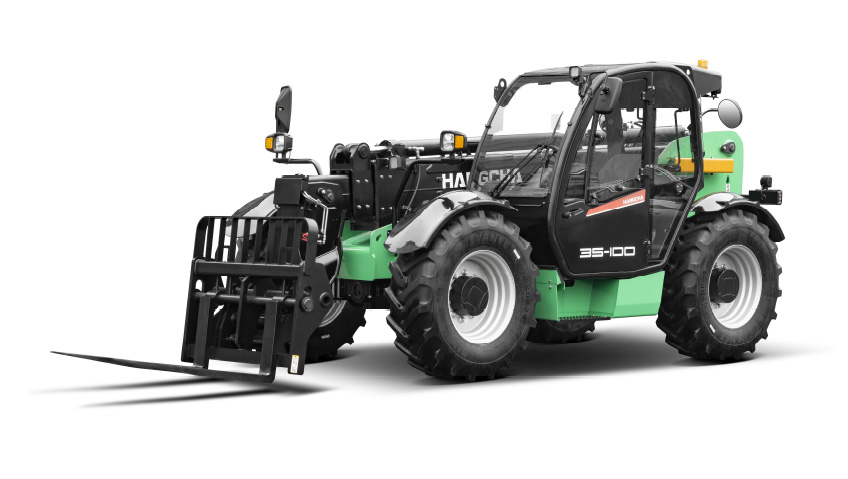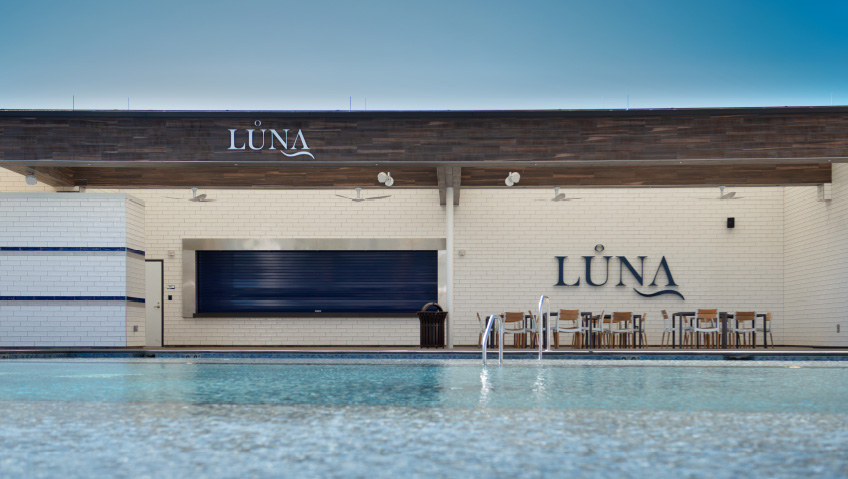From its Vancouver, British Columbia headquarters, Kryton International is pushing the envelope in concrete engineering, manufacturing, installation, and maintenance, helping the construction industry continue to use this vital building material in a rapidly changing world.
For nearly fifty years, the company has helped to advance the science of concrete, achieving new levels of waterproofing, efficiency, and sustainability, which, in a world beset by a climate crisis, will be more vital than ever. Now, advances in “smart” concrete are leading the sector into a bold new era of concrete manufacturing.
In the early 1970s, businessman and entrepreneur R.G. (Ron) Yuers was dissatisfied with the local concrete materials his company was purchasing, so he decided to create his own. After considerable testing, Kryton was born to bring this new product to the world. Over fifty years, the company expanded, adding new product lines and enterprises across the globe.
Today, Ron’s children Kari and Kevin lead a multinational enterprise with pioneering developments in concrete waterproofing and cement reduction. Kryton’s leading product is still its first: its innovative Krystol Internal Membrane (KIM) range of waterproofing products.
The products can be added directly to mixed concrete or applied to the finished concrete surface. Upon reacting with water, KIM forms insoluble needle-shaped crystals, thereby filling micro-cracks, blocking entry to water and other waterborne contaminants. Kryton has continued to improve the substance since its introduction in 1980.
In the event of water leakage through hairline cracks or rises in hydrostatic pressure, KIM responds with additional crystallization to ensure permanent protection. Reducing labour and maintenance, the product can help ensure concrete durability and resilience for years to come. It can be used in any concrete application, including basements, sewage plants, dams, foundation walls, canals, and water containment tanks, among many other applications.
More recent additions to Kryton’s product line have come through its subsidiaries. The company acquired Calgary-based Cementec Industries in 2017 and, with it, the award-winning additive Hard-Cem. This is added during batching to extend concrete wear life and enhance erosion and abrasion resistance by increasing hardness. Like KIM,Hard-Cem does not require additional applications over the concrete’s lifespan and can enhance the durability of both air-entrained and non-air-entrained concrete.
But Kryton’s latest development may be its most ambitious yet. As part of its innovative Smart Concrete®, the company is placing sensors within its concrete to provide instant information. The endeavour comes as part of a partial acquisition of the Danish firm Sensohive Technologies ApS, which has won awards for its Maturix-series concrete sensors. Kryton is Sensohive’s exclusive North American distributor and will be able to provide real-time data monitoring of its concrete products, accessible from everyday objects as part of the Internet of Things (IoT).
“We’ve only just embarked on trying to promote that technology,” says Kryton’s Vice President of Product Development Kevin Yuers. “It’s a relatively new technology, especially in North America.” The sensors are powered by the Sigfox 0G IoT network, which covers over one billion people in sixty-five countries and will provide unprecedented access and data for over ten years, thanks to the sensors’ battery life.
All of these products reflect Kryton’s goal of continuously improving concrete, particularly by reducing the CO2 emissions that result from cement production. This, President and CEO Kari Yuers recalls, has largely driven Kryton’s business philosophy through the years. “The admixture technology really came out of ‘let’s save labour and build better with less potential problems,’” she says.
Kryton’s products are being used in more construction worldwide, and with such flagship programs as Dubai’s Atlantis Hotel and New York’s Bloomberg Building, the company has turned heads and changed minds as its products demonstrate its capabilities in waterproofing and extended durability.
Kari relates how Kryton’s products demonstrated their mettle in the Bloomberg Building in 2012. “When Hurricane Sandy came through, everything flooded around there, but that building was dusty dry.” She says that the increasing frequency of extreme weather, as demonstrated by similar flooding as a result of Hurricane Ida earlier this year, demonstrates the need for Kryton’s waterproofing more than ever. “It’s going to get worse, and more buildings will fall down because of corrosion.”
But Kryton is stepping up to help combat these changes. Hard-Cem has also vividly proven its ability to prolong a building’s lifespan. Kari tells of a B.C. gold mine that previously had been replacing its concrete infrastructure every two years. “They replaced concrete with Hard-Cem, and it’s going on eight years now, and it’s still in great shape.”
Kryton products used in other infrastructure projects, including B.C.’s multibillion-dollar Site C dam, further bolster the company’s track record in sustainable infrastructure development. “Our material being used as an admixture totally takes away the alternative products of broadcasting—hardeners and other treatments that would make concrete more abrasion-resistant,” she explains. “It’s another way of creating safety and sustainability to structures.”
Kryton is fortunate to be on the pulse of Vancouver’s university community, able to recruit the next generation of Canadian innovators. “In [research and development], we’ve had longstanding cooperation with the universities to take students,” Kevin says of the company’s work placements of students in related majors such as chemistry and engineering.
Additionally, Kryton can outsource some equipment as needed. “We will get the university to do some testing and even some development work for us, in cooperation with our lab,” he explains.
This continuing focus on automation extends to the company’s manufacturing methods as it is in the process of completing a highly automated factory in Calgary. In fact, Kevin was on-site for the finalization at the time of our interview. While automated manufacturing is new to Kryton, Kevin explains that the company was able to get the relevant experts on the scene. “There’s a lot of talent from all walks of construction and automation.”
Kari says that Kryton demonstrated its adaptive thinking skills with this new factory. “Because there isn’t a cookie-cutter template for these kinds of things, we really had to think through: ‘What is the future, and how do we make a facility that will serve us years into the future?’”
This underlying idea of longevity, Kari notes, is one Kryton hopes to bring to the construction industry as a whole as the sector transitions into more resilient, sustainable, and climate-resistant construction methods. As a member of both the American Concrete Institute and a director of Export Development Canada, Kari acknowledges her unique position to effect change within her company’s sector. But rather than a ‘silver bullet’ approach, she argues that a change in thinking is the first step. “How do we work together, embrace innovation, and then implement building plans that move the dial forward?”
Kevin agrees that while Kryton’s products continue to advance concrete, more work remains to be done. Concrete, for all its drawbacks, is still a vital part of a majority of modern infrastructure.
“I think that if the industry truly wants to move the dial on the environmental impacts, they need to embrace these new technologies and really start thinking about concrete in a more sophisticated way,” he says.
Kryton intends to lead by example. Its innovation continues as the company hopes to combat alkali-silica reaction, a perennial problem with concrete. Kevin says that the company, working with experts at the University of Ottawa, hopes to produce proven, marketable results soon.
As Kryton looks forward to its fiftieth anniversary in 2023, Kari and Kevin are pleased with their family’s company legacy. “We pride ourselves on being innovators, and we’ve been innovating and selling innovative products for [almost] fifty years,” Kari says.
Kryton has been recruiting more of its greatest resource: its people or ‘Krytonites’ as Kari dubs them. “That’s probably the most important thing about the future, is finding those really motivated, great people,” Kevin says.
Kari agrees, relating that new outsiders will bring in fresh perspectives to help fuel future innovations. “It’s really leveraging the successes of the past, learning from the challenges we’ve gone through,” she says. “We’re lucky that we’re a family-owned-and-operated company that cares about making sure people are secure because they look after us.”


